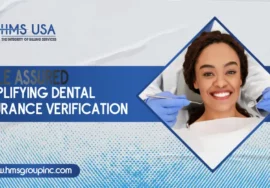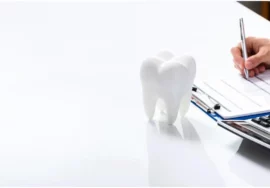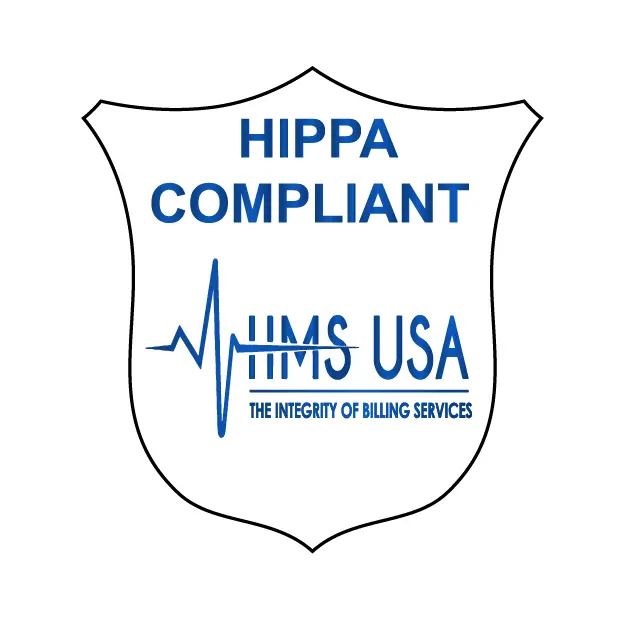
Streamlining Billing Processes in Dental Practices
Imagine a dentist’s office as a symphony of care with personalized billing and treatment notes. Billing is more than numbers—it affects the practice’s bottom line and customer satisfaction. However, tracking patient bills, insurance claims, and dental billing numbers and automating billing in dental practices is difficult.
Automation changes things. Technology regulates dental billing like a conductor manages a show. It improves efficiency and changes processes. Automation is speeding up bills and transforming the globe. It eliminates manual errors, speeds up claims, and boosts productivity.
Dental Practice Billing Issues
Dental billing has multiple codes, insurance constraints, and patient-specific considerations. Effective invoicing involves exact coding and extensive documentation for all procedures, from simple cleanings to complex treatments.
Dental Practice Manual Billing Issues
Manual billing is hard. Errors result from human oversight, processing delays, and administrative constraints. Updating billing codes and insurance rules is hard without automation.
Benefits of Automating Billing in Dental Practices
1. More Accuracy and Less Error
Manual billing errors are considerably decreased by automation. Automating billing in dental practices analyze coding, verify patient insurance, and reduce data entry errors to prevent claim denials and assure proper invoicing.
2. Cost and Time Savings
Automating billing in dental practices saves patients data and verification time. This efficiency reduces labor expenses and allows staff to focus on patient care and practice improvement.
3. Better Claims Processing
Insurance companies reimburse claims faster using automated billing. Accelerating the revenue cycle improves cash flow and eliminates service payment delays.
4. Better Patient Experience
Efficient billing affects patient satisfaction and revenue. Automation streamlines billing, boosting patient trust and transparency. This fosters patient trust, satisfaction, and long-term provider-patient relationships, essential in competitive healthcare.
5. Decision Making With Data
Billing automation improves processes and creates data. The systems analyze billing, revenue, and payment cycles. Dental clinics can use this plethora of data to make data-driven decisions, optimize, and plan for long-term financial sustainability and practice expansion. Billing becomes a strategic tool for practice management and growth using this data. Get More Information
Dental Billing Automation Exploration
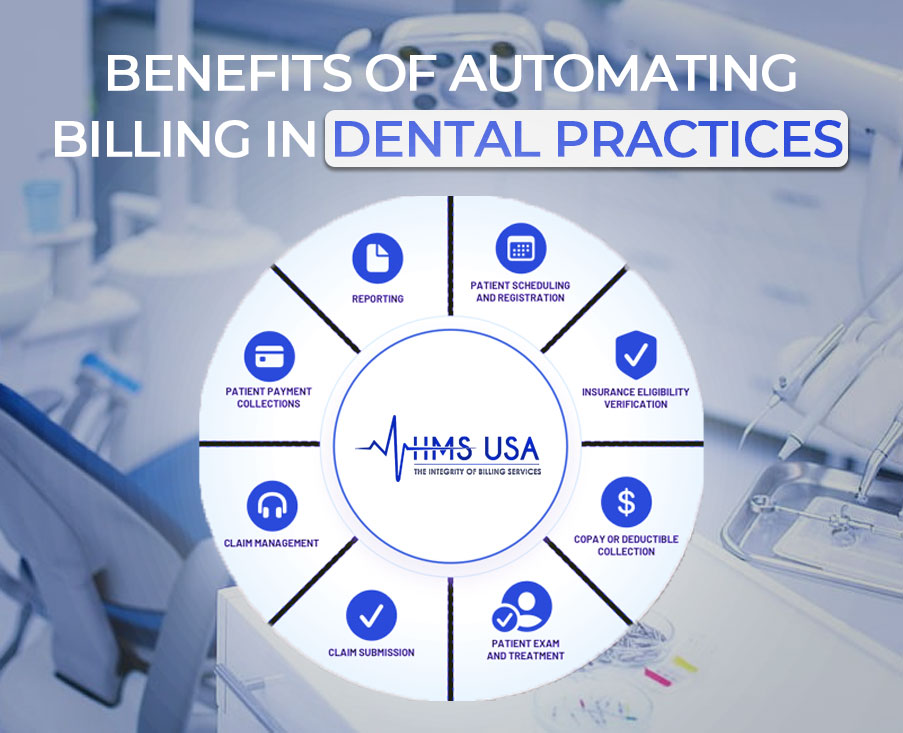
Some software and applications automate dental billing. The options range from essential billing software to complete practice management systems. These include Software with a simple UI and powerful billing components and other software that integrates with practice management systems.
Billing Automation Tool Features
Certain qualities are vital when choosing a dental billing automation platform. To protect patient data, employ software with rapid coding, real-time insurance verification, configurable reporting, and HIPAA compliance.
Conclusion
Dentistry and medical offices are complicated entities thus, efficiency is key. Automating billing in dental practices boosts the practice’s profits by improving accuracy, reducing errors, and speeding up revenue cycles.
Meanwhile, EMR technologies are transforming medical treatment, especially in OB-GYN. They design practice efficiency, improve patient outcomes, and harmonize workflows into care symphonies.
Billing automation and the correct EMR system are about improving patient care and operational efficiency, not just technology. It invites readers to evaluate their practice’s needs, investigate the possibilities, and start on a transformative technology journey to operational excellence and better patient care.
FAQS
Billing automation is valuable and essential for accuracy, fewer mistakes, and faster revenue cycles. Dental offices use technology to make billing more accessible, reduce errors made by hand, handle claims faster, and work more efficiently.
EMR technology digitizes patient data, makes it easier for providers to share information, and centralizes complicated medical histories and treatment plans. This has changed the way OB-GYN care is provided. This simplifies obstetrics and gynecology patient care, diagnosis, and regular activities..
An accounting automation solution that checks and codes insurance in real time customizes reports, and is HIPAA compliant is essential. Also, find a system that integrates quickly and functions well with othe
Integration issues can arise when using EMR and payment automation software. Transfer, compatibility, and system data flow are major concerns. Choosing the correct procedures and planning helps reduce these issues.
Automated billing generates lots of data. Businesses can utilize this data to track income, optimize resources, and plan for growth. Understanding and using billing can help practice management.


